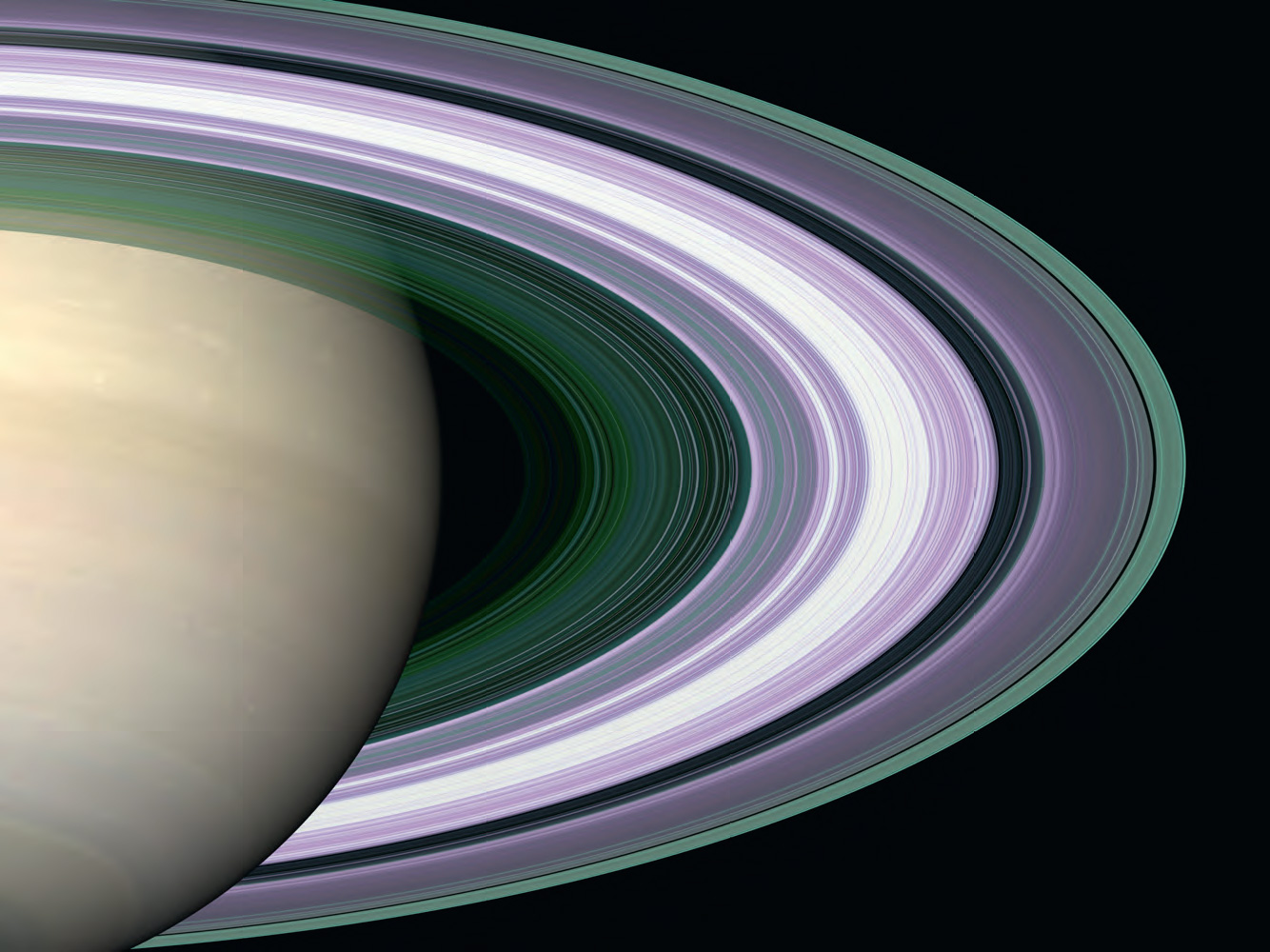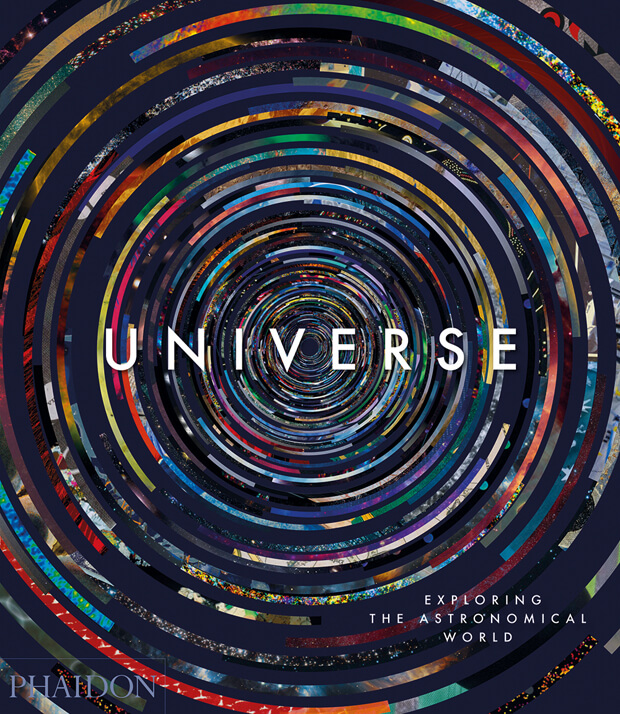
How NASA saw the night sky
The Saturn probe sent back some truly awesome images packed with real scientific insight
Cassini, the NASA and Italian Space Agency probe, brought us the clearest images so far of Saturn, before it plunged into the planet's atmosphere last week, bringing its mission to a fiery end.
The project was undertaken for scientific discovery, rather than any aesthetic purpose; yet this image, featured in our new book Universe: Exploring the Astronomical World, indicates both the sizes of the particles orbiting in Saturn’s rings, while reminding us all of classical ideas of celestial order and beauty.
“The colours of this striking image lend a new elegance to one of the most intriguing features of the Solar System: the rings of Saturn,” we explain in Universe "This false-colour simulation of the rings of orbiting particles that extend 282,000 kilometres into space around the equator of the planet is based on data from the Cassini spacecraft, which went into orbit around Saturn in 2004. Cassini passed behind the rings, then sent radio signals back through them to Earth, where they were used to create this colour-coded image of the particles in the rings.
“The colour purple indicates regions populated predominantly by particles larger than five centimetres in diameter and green indicates those regions with particles smaller than one centimetre. The white areas are high-density regions where it was too difficult to make a good determination and black areas indicate a paucity of particles, making the rings effectively transparent. Some particles in the rings are several metres across, whereas other are kilometres wide and deserve to be labelled ‘moons’.
“Some of the individually identified moons (there are more than 60) influence the orbits of the particles by shepherding them into groups with similar orbits. The image is at once an intriguing mixture of both simplicity and complexity, order and randomness.”
